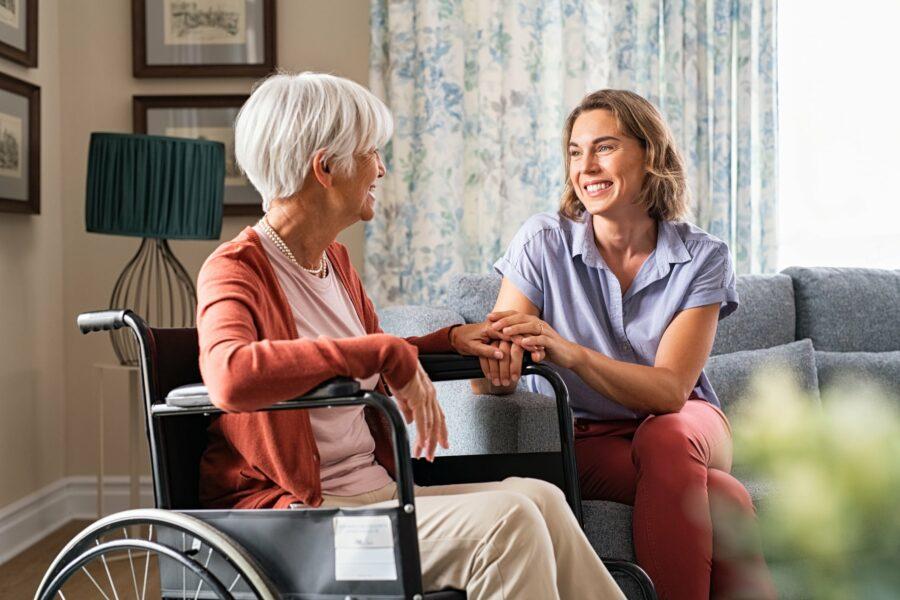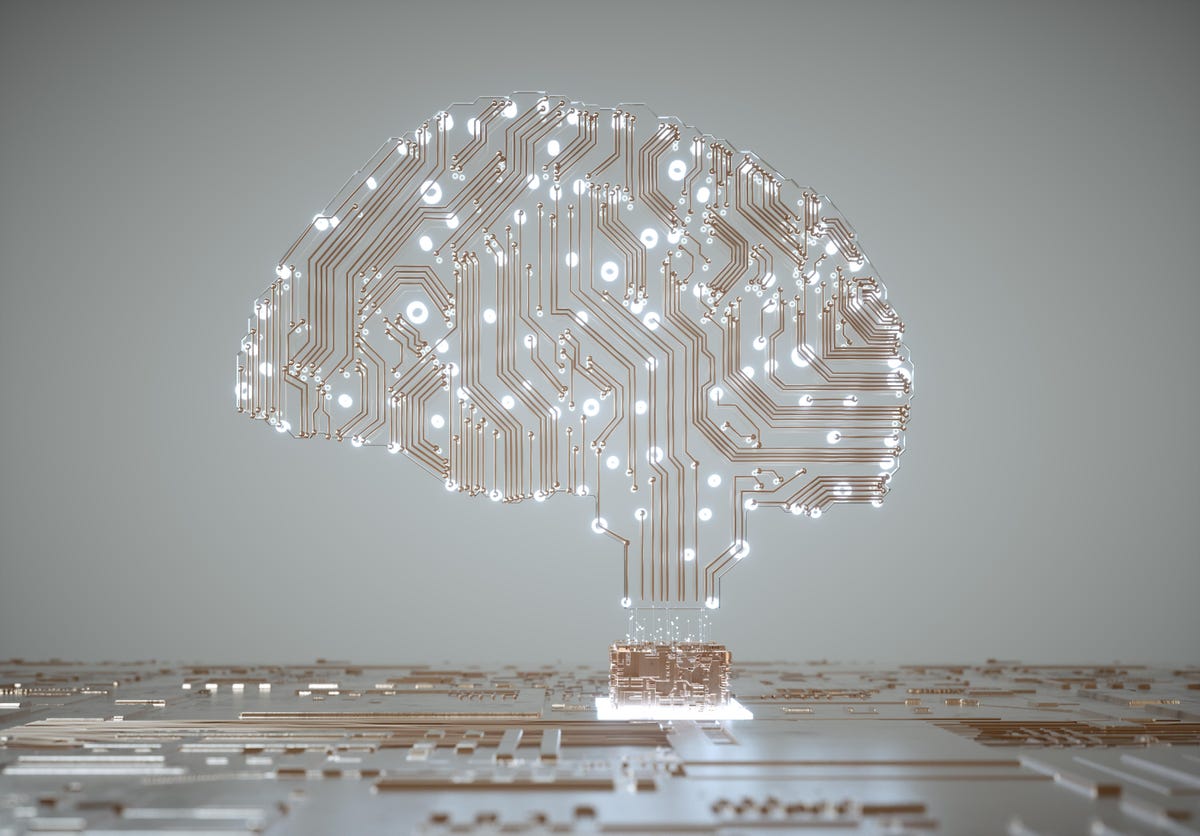Key Takeaways
- An aging population and shortage of qualified support means the world is facing an impending caregiver crisis
- The only way to adequately face the caregiver crisis is for tech solutions to ‘fill the gap’ and allow family members to more easily monitor the vulnerable or elderly.
- Wi-Fi sensing can contribute to the care of the elderly, and ease the caregiver crisis through a range of applications, including fall detection, health analytics and home monitoring.
We are aging at an incredible pace: By 2030, one in five Americans will be over the age of 65. And on current forecasts, by 2040, the population over the age of 85 will more than double from its present tally (from 6.6 million to 14.4 million). This will mean a significant increase in the proportion of our population requiring assistance with activities of daily living, and an increased demand for caregivers. Unfortunately, the supply of caregivers is not keeping pace with the demand. According to MIT Economist Paul Osterman, by 2040, there will be a national shortage of at least 350,000 paid caregivers. More shockingly, perhaps, the shortfall of unpaid caregivers will amount to 11 million.
There is no magic bullet to fix this crisis, and we don’t pretend to provide one. Rather, we look at how Wi-Fi sensing —technology that uses wireless signals to detect and track people and objects — can be incorporated as part of the response to the caregiver crisis.
How Wi-Fi Sensing Works
Wi-Fi sensing works by using Wi-Fi signals to detect motion, identify patterns, and potentially monitor vital signs.
Motion sensing technology itself is nothing new: In the late 19th century, the distinct way in which moving objects interfere with radio waves was first used to assess the distance and direction of other objects (‘Radar’). In the latter half of the 20th century, Passive Infrared Sensors (PIR) and video cameras came to the fore, allowing motion inside and outside a property to be detected.
Wi-Fi sensing is a new form of sensing technology — ‘Sensing 2.0’. The basic mechanics of Wi-Fi sensing are simple, relying on many of the same technical elements as your home internet router: Your internet router sends information throughout your home by transmitting data via Wi-Fi waves. But as we all know, home Wi-Fi connections are affected by solid objects —that’s why you usually can’t log in to a Wi-Fi network two houses down. This tendency of Wi-Fi waves to be disrupted or ‘blocked’ by physical objects is at the heart of Wi-Fi sensing technology: Wi-Fi sensing-enabled devices detect human movement as it disturbs Wi-Fi waves. Then, through machine learning, the motion is analyzed to send alerts (where necessary), and gain insights.
Wi-Fi sensing has numerous applications. In home security, it means homeowners can be alerted remotely when an intruder (rather than their cat or robot vacuum cleaner) enters the house. It can also be used to improve home energy efficiency (appliances can switch on and off automatically based on human motion). Here, we want to focus on the capacity for Wi-Fi sensing to enable monitoring of elderly and vulnerable patients, detect falls, and deliver other health insights.
Read more about how Wi-Fi sensing works in our comprehensive explainer on Wi-Fi sensing.
What technology do caregivers need?
As highlighted earlier, over the next twenty years, we are facing a considerable shortage of paid and unpaid caregivers. The worker shortage was compounded by Covid-19 where it was reported that 400,000 care workers left their jobs during the pandemic, with most not returning to the profession. Furthermore, restrictive immigration policies mean that it is unlikely immigrant workers will be able to pick up the shortfall.
According to one study, in 2010 there were 7 potential caregivers for everyone over 80, By 2030 the ratio will decline sharply to 4 to 1 and by 2050, 3 to 1.
This means that family members and friends will need to look after vulnerable or elderly family members, despite not having the money or resources they would like to have in order to do so. Increasingly, they will need new tools to more effectively look after vulnerable individuals. This means:
- Technology needs to be in place to provide regular updates to caregivers on elderly or vulnerable family members when they are not in the home
- An alert system needs to be in place to respond to any emergencies
- Regular health analytics are necessary, providing early indicators of any health issues.
While there are some other technologies that can help, they also have various downsides. For example:
- Video cameras in indoor areas can present a privacy risk, and many elderly will not consent to be monitored by video camera
- ‘Wearables’ can provide useful health insights, and alerts in the case of health emergencies, but they rely on compliance from the individual wearing them: People don’t necessarily want to wear devices all the time, or may forget to do so on occasion (read more about this issue in our guide to ‘aging in place’ solutions).
Wi-Fi sensing provides sensing and monitoring that does not suffer from the pitfalls outlined above:
- It does not collect personal data (it only examines movement patterns, nothing else about the individual is recorded)
- Once the Wi-Fi sensing-enabled devices are in place, no steps need to be taken for the system to be operational (no risk of non-compliance).
How might Wi-Fi sensing help resolve the caregiver crisis
There are a range of Wi-Fi sensing solutions, some already available, some in development, which might be used to support caregivers in their role:
- Fall detection involves the system learning an individual’s ‘normal’ movement patterns, and once a fall is detected (an ‘abnormal’ movement), sending an alert to a caregiver or emergency contact.
- Movement analysis, where caregivers receive regular updates on an individual’s location and activities via a monitoring app, allowing them to check whether, for example, individuals have unexpectedly left the home (a serious concern for relatives with dementia). Relatedly, the monitoring app could be used to check that individuals are leaving the house to get essential exercise and are not becoming unnecessarily isolated.
- Sleep monitoring. In solutions under development, Wi-Fi sensing might be used to detect changes in an individual’s sleeping patterns, which may be early indicators of health issues.
- Gait analysis. Another application under development is analyzing gait to find early indications of mobility issues. For example, small changes in gait have been identified as early indicators of Parkinsons’ disease.
How Wi-FI sensing supports caregivers
Wi-Fi sensing is not a magic bullet: Fundamentally, governments need to prioritize the caregiver workforce, and find ways to attract more people to the profession. Nevertheless, Wi-Fi sensing can be an indispensable form of assistance for paid and unpaid caregivers alike. It allows family members, friends and professionals to regularly check in on elderly and vulnerable family members remotely through an app, and alert emergency services where necessary. Furthermore, the relatively low cost-per-unit of recent technology means that it can easily be distributed in home and institutional settings alike.
FAQ
There is a shortage of caregivers as the population is aging rapidly, and few younger people are attracted to caregiving as a profession.
The caregiver crisis is the impending situation where there are far too few paid caregivers to look after an aging and sick population. While better pay and conditions would help, tech solutions are also require to make the job of caregivers more efficient.
Wi-Fi sensing technology can be used by caregivers to better monitor movement, detect falls, and assess any impending health issues for the elderly or vulnerable.



